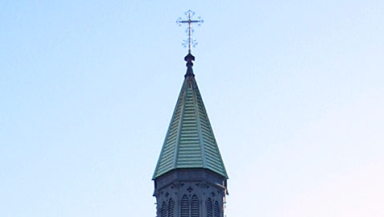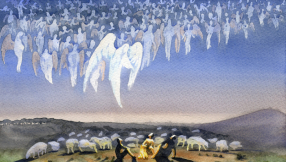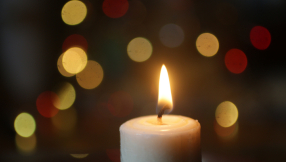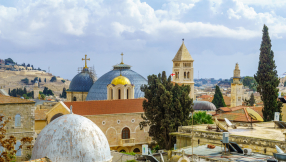Twelve sites connected to the persecution of Japanese 'Hidden Christians' have been recommended for World Heritage status by the United Nations Educational, Scientific and Cultural Organisation (UNESCO).
Two UNESCO advisory panels informed the Japanese government of its recommendations – putting the 'Hidden Christian sites in Nagasaki and Amakusa region' on the World Heritage List – on May 3, according to The Asahi Shimbun.
The sites show how Japanese Christians endured despite heavy persecution against their faith under the oppressive Tokugawa Shogunate from the 17th to 19th centuries.

Mostly located in the Nagasaki region with another in Amakusa, in the Kumamoto region, they include sites of clandestine worship, survival and protest.
They also include Nagasaki's Oura church, Japan's oldest standing church site, where many secret believers sustained their faith before the ban on Christianity was lifted in 1873.
The Oura church, recently renovated, this year opened an exhibition telling the story of Christianity in the country, from the introduction of Catholicism to its violent suppression in the early 17<sup>th century and the two centuries for which it was illegal, where many believers were tortured and killed if they did not recant their faith.
In 2017, Japan's era of 'hidden' Christianity and subsequent martyrdom was dramatised in the film Silence, which was nominated for several Academy Awards in the US.
In 2015, Christian Today reported on how the country's 'Hidden Christians' were recognised in a separate exhibition showcased by the Vatican Library and Secret Archives contain testimonies of Christians who between the 16th and 19th centuries lived under violence and humiliation.
Up to 6,000 martyrs may have died between 1614 and 1640 alone, and for many years the church was presumed extinct. However, in 1865, after Japan had been forced to open its borders to foreign trade and foreign residents, villagers from a village near Nagasaki visited a new Catholic church built by the Paris Foreign Missions Society. They told the priest that they and their families had maintained Christian worship in secret for 250 years. Their prayers contained smatterings of old Portuguese and Latin and they had preserved old rosaries that belonged to their martyred ancestors.
It was later found that tens of thousands of believers survived. Pope Pius IX called it a miracle.
A final decision on the 'Hidden Christian' sites will be made in Bahrain at a World Heritage Committee gathering beginning on June 24.













